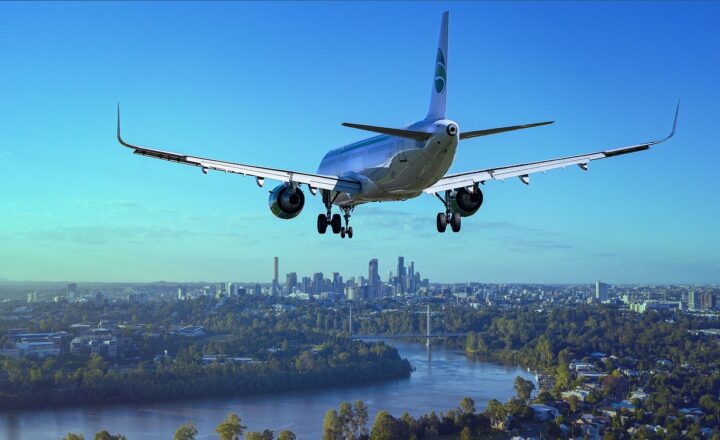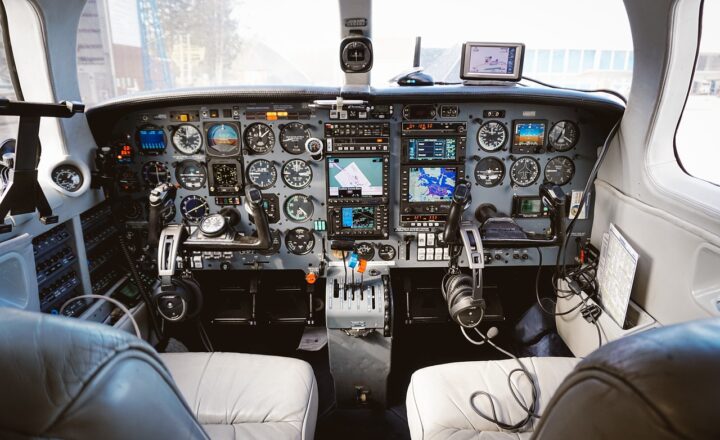The Role of Simulators in Preparing Pilots for Real-Life Flight Scenarios
November 11, 2024

In the ever-evolving world of aviation, safety and skill are of paramount importance. Aspiring pilots and seasoned aviators alike rely on simulators as an essential tool in their training arsenal. Flight simulators provide a risk-free environment where pilots can hone their skills, learn new techniques, and prepare for a variety of real-life flight scenarios without the inherent dangers of actual flying. This article explores the vital role of simulators in pilot training, their benefits, challenges, and the future of aviation training.
1. Understanding Flight Simulators
Before delving into their role, let’s first gain an understanding of what flight simulators are. A flight simulator is a system that replicates the flight experience using advanced technology. It can range from simple desktop applications to complex systems that mimic real aircraft cockpits, providing sensations of motion, sound, and visual effects that simulate what a pilot would encounter in the air.
Simulators are categorized into different types:
- Full Flight Simulators (FFS): These are high-fidelity systems that replicate the entire cockpit environment and can simulate flight dynamics and conditions closely resembling real aircraft. They are often used for advanced pilot training and certification.
- Flight Training Devices (FTD): These offer less comprehensive simulating capabilities than FFS but still provide a realistic environment for practicing basic maneuvers and procedures.
- Personal Computer Simulators: These are often used by aviation enthusiasts and aspiring pilots. They can provide basic flight training but lack the in-depth realism of professional simulators.
Understanding the different types of simulators helps recognize their specific uses in pilot training.
2. The Benefits of Using Simulators in Pilot Training
Flight simulators offer numerous benefits that contribute to effective pilot training:
- Safety First: Perhaps the most critical advantage is the inherent safety of training in a simulator. Pilots can practice emergency situations, adverse weather flying, and complex maneuvers without endangering lives or aircraft.
- Cost-Effective Training: Simulators reduce the cost of training by minimizing the need for actual flight hours, fuel, and maintenance. Flight schools can save significantly, while students can complete their training more affordably.
- Experience Variety: In a simulator, pilots can experience a wide variety of scenarios—from flying in severe weather to encountering engine failures—scenarios that may be rare or impossible to practice in real life. This prepares pilots for rare but critical situations.
- Instant Feedback & Performance Monitoring: Most simulators are equipped with performance tracking systems that allow instructors to provide real-time feedback. Pilots can analyze their performance after each session to identify areas for improvement.
- Accessibility: With advancements in technology, simulators have become more accessible. Many flight schools invest in high-quality simulators, and aspiring pilots can also use personal computer software to practice.
These benefits highlight why simulators are now a cornerstone of pilot training programs around the globe.
3. Addressing Challenges and Limitations of Simulators
While simulators are invaluable, they are not without challenges and limitations:
- Realism: Although high-fidelity simulators can replicate real flight experiences remarkably well, they still have limitations. The feel of actual flight, including the sensations of g-forces and the unpredictability of real-life scenarios, can be difficult to fully replicate in a simulator.
- Over-reliance on Simulators: There’s a risk that pilots may become overly reliant on simulators and lose touch with the tactile and sensory experiences of real flying. Balance in training methods is essential to ensure comprehensive skill development.
- Initial Setup Costs: Investing in high-quality simulators or simulator facilities can be expensive for flight schools, potentially limiting the availability of such training experiences in underserved areas.
- Training Effectiveness: The effectiveness of simulator training can vary based on instructor experience, the quality of the simulator, and student engagement levels. Simulator-based training must be part of a broader educational strategy that includes both theoretical knowledge and practical flying experience.
Despite these challenges, the benefits of simulator training often far outweigh the drawbacks, making them indispensable tools in aviation training.
4. The Future of Flight Simulators in Training
The role of simulators in aviation training is only set to grow. Emerging technologies are enhancing simulator experiences in several ways:
- Virtual Reality (VR): The integration of VR technology into flight simulators provides an immersive experience, allowing pilots to feel as if they are genuinely flying an aircraft.
- Artificial Intelligence (AI): AI-driven systems can analyze pilot behavior, adapt training scenarios in real time, and create customized training programs to meet pilot needs.
- Improved Graphics and Physics Engines: Ongoing advances in computer graphics and physics modeling contribute to more realistic simulations, which enhance training effectiveness.
- Cloud-based Training Systems: Cloud technology may allow pilots to access simulator training from anywhere, making it easier to fit training into busy schedules and increasing the opportunity for practice.
These innovations suggest that the future of flight training will incorporate more sophisticated and adaptable training tools, addressing past limitations while enhancing pilot preparedness.
Conclusion
Flight simulators play an undeniable role in developing competent and safe pilots. From their ability to recreate a multitude of scenarios in a controlled environment to their cost-effectiveness and safety, the significance of simulators cannot be overstated. As technology progresses, we can anticipate even more advanced systems that not only enhance flight training but also contribute to the overall safety and efficiency of aviation. Ultimately, simulators represent the future of pilot education, ensuring that the next generation of aviators is thoroughly prepared for the challenges of real-life flying.








